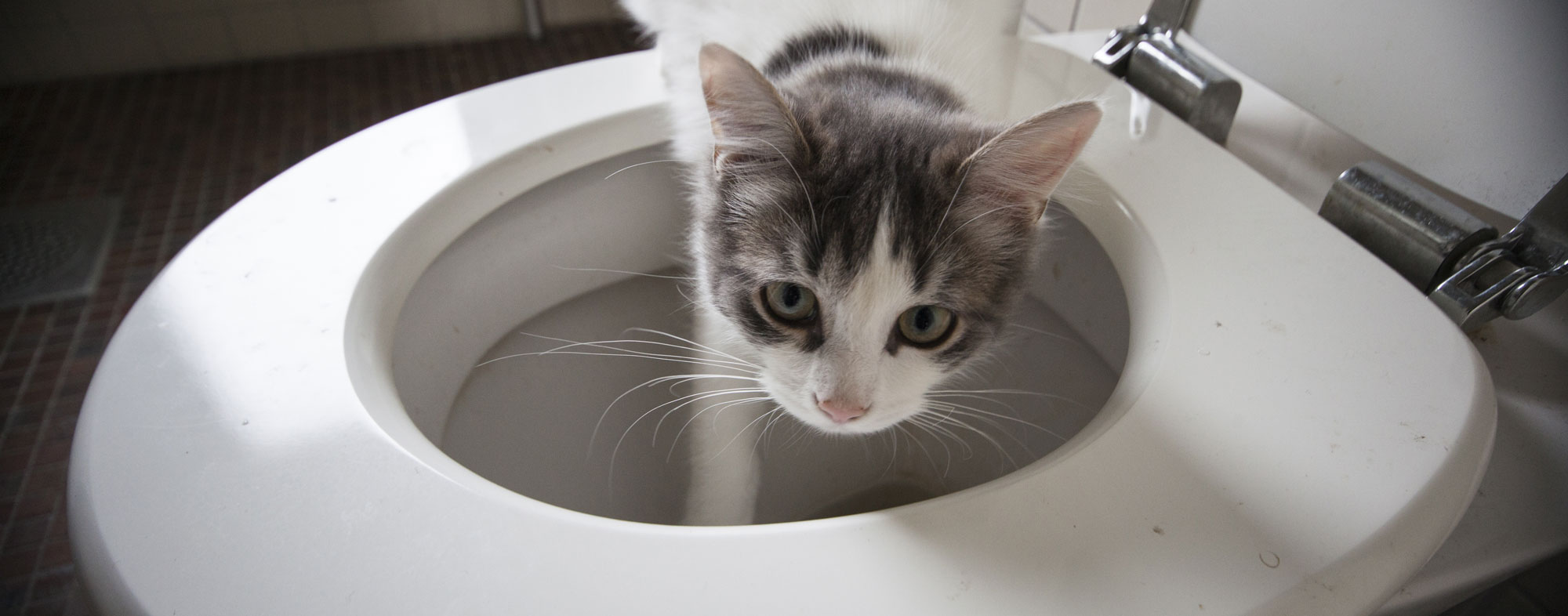Prevent Clogs and Damage: Don't Flush Cat Poop Down Your Toilet - Professional Insights
Prevent Clogs and Damage: Don't Flush Cat Poop Down Your Toilet - Professional Insights
Blog Article
Do you find yourself hunting for facts on How to Dispose of Cat Poop and Litter Without Plastic Bags?

Introduction
As cat owners, it's essential to be mindful of just how we dispose of our feline buddies' waste. While it might seem convenient to flush feline poop down the commode, this technique can have destructive consequences for both the atmosphere and human health.
Environmental Impact
Flushing feline poop presents unsafe virus and bloodsuckers into the water, positioning a significant threat to aquatic environments. These contaminants can negatively affect aquatic life and compromise water top quality.
Health and wellness Risks
In addition to environmental concerns, flushing feline waste can likewise present health dangers to people. Pet cat feces may include Toxoplasma gondii, a bloodsucker that can cause toxoplasmosis-- a potentially severe illness, especially for expecting ladies and people with weakened immune systems.
Alternatives to Flushing
Fortunately, there are much safer and more responsible means to dispose of feline poop. Think about the following choices:
1. Scoop and Dispose in Trash
One of the most typical technique of throwing away feline poop is to scoop it right into a naturally degradable bag and throw it in the garbage. Make sure to utilize a committed clutter inside story and take care of the waste promptly.
2. Use Biodegradable Litter
Choose naturally degradable cat litter made from products such as corn or wheat. These clutters are environmentally friendly and can be securely disposed of in the garbage.
3. Bury in the Yard
If you have a backyard, think about burying feline waste in a designated location far from veggie gardens and water resources. Make sure to dig deep enough to stop contamination of groundwater.
4. Set Up a Pet Waste Disposal System
Invest in a family pet waste disposal system particularly made for pet cat waste. These systems utilize enzymes to break down the waste, reducing odor and environmental effect.
Verdict
Responsible pet dog possession extends beyond offering food and shelter-- it also involves proper waste management. By avoiding purging pet cat poop down the commode and selecting alternative disposal approaches, we can reduce our environmental impact and secure human health.
Why You Should NEVER Flush Cat Poop (and/or Litter) Down Your Toilet
The Problem with Litter
The main function of litter is to solidify and adhere to your cat’s waste. While this makes litter excellent for collecting cat poop and urine, it’s also the exact property that makes it a nightmare when flushed down the toilet.
Cat litter can and will clog pipes. There is non-clumping litter, but it’s still quite heavy and can build up in pipes. This is true even of supposed “flushable litter.”
The problems only compound when the litter is already clumped into cat waste. Toilet paper is among the more flushable things, and even too much of that will clog a toilet.
The Problem with Cat Poop
Sewers and septic systems are designed with human waste in mind. The microbes that help break down human waste don’t work on cat waste. Additionally, cat poop plays host to the parasite Toxoplasma gondii.
When flushed, this parasite can enter the environment in places it was never meant to, posing a risk to pregnant women, their unborn children, and other people with compromised immune systems. While it might not seem possible, flushing cat poop can indeed introduce this parasite to the public water supply.
These reasons are why, even if you’ve trained your cat to go on the toilet and flush, which is possible, it’s still not a good idea. Also, pregnant women and the immunocompromised shouldn’t change litter, either.
How to Handle Litter
The best way to handle litter is to simply put it in a plastic bag and place it in the trash. Avoiding environmental risks and possible plumbing damage is worth the extra effort.
You can also invest in devices that seal away your cat’s waste in a separate compartment, so you don’t have to change the litter nearly as often. They’re also safer for pet owners because they limit the possibility of Toxoplasma gondii exposure.
Disposing of litter the old-fashioned way will ensure you won’t have to worry about any issues that flushing the waste can potentially cause.
Take Care of Clogged Pipes with Stephens Plumbing, Heating & Air Conditioning
The reasons you should never flush cat poop down your toilet are numerous, but sometimes the inevitable happens despite your best efforts.
Stephens Plumbing, Heating & Air Conditioning is ready to help if you’re experiencing litter-blocked plumbing. Whether you need us in an emergency or want to schedule regular maintenance, we’re here for you.
https://www.stephensplumbing.net/bathroom-plumbing/never-flush-cat-poop-down-your-toilet/

Do you appreciate reading about How to Dispose of Cat Poop and Litter Without Plastic Bags? Give feedback further down. We would be interested to know your thoughts about this write-up. We hope to see you back again before long. Enjoyed our write up? Please share it. Help another person discover it. Thanks for your time. Please come visit our site back soon.
Information Report this page